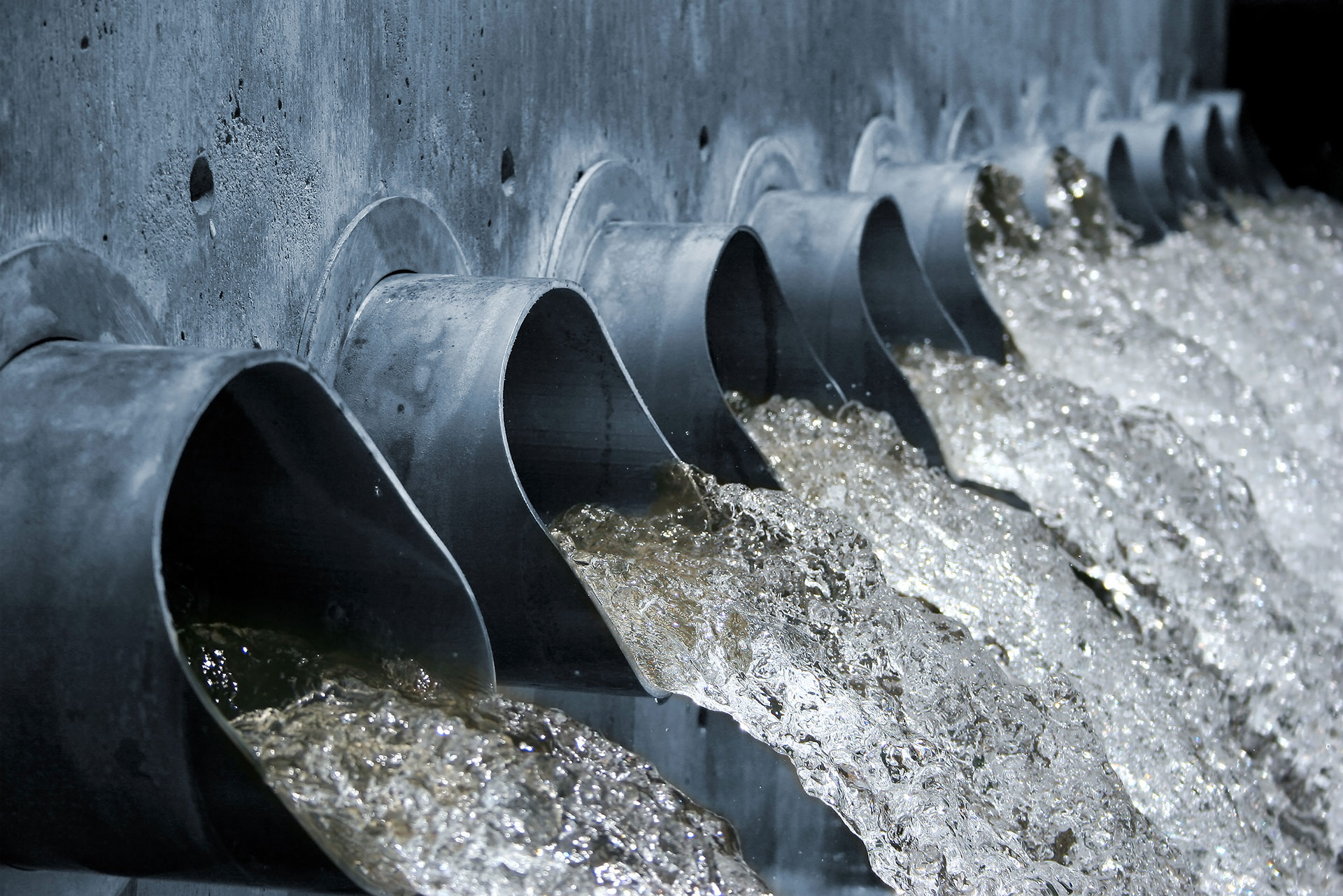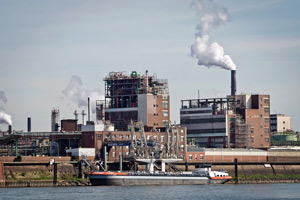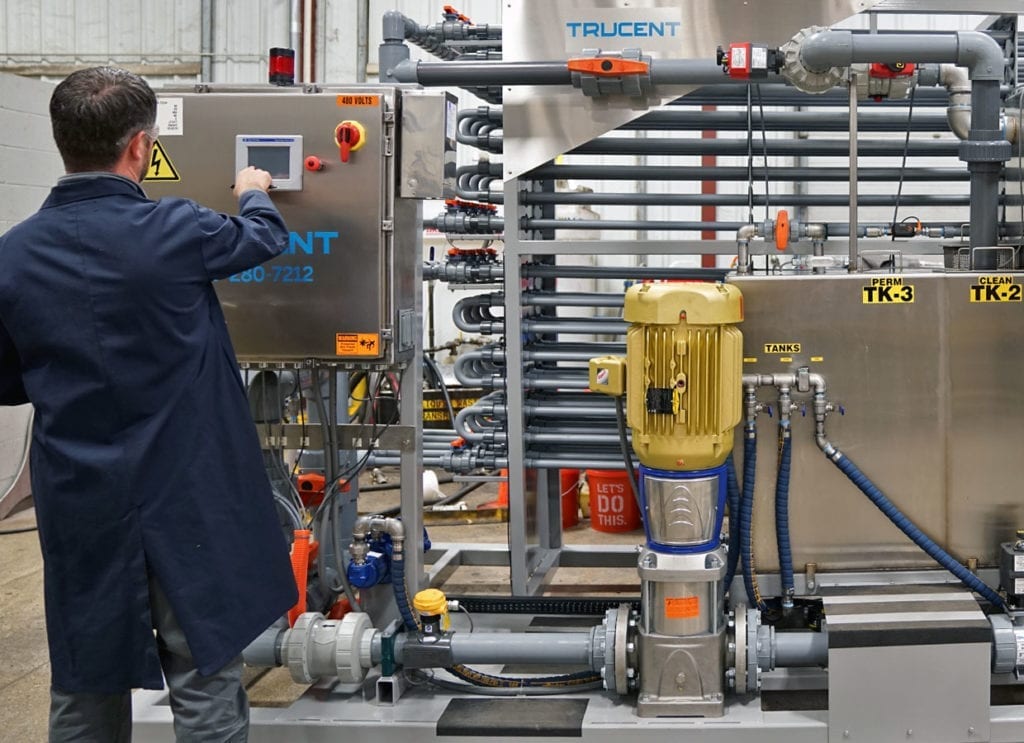Industrial Waste Water Treatment-- Industrial-Grade Water Filtration and Purification Solutions
Technologies and Breakthroughs in Hazardous Waste Water Therapy Technologies
The landscape of commercial wastewater treatment is undertaking a transformative change, driven by developments that enhance both efficiency and sustainability. As governing criteria evolve, the integration of AI and equipment knowing right into wastewater management systems guarantees to streamline procedures and guarantee conformity.
Review of Drainage Therapy Technologies
Wastewater treatment modern technologies include a variety of approaches designed to remove contaminants from industrial effluents before their launch into the setting. These innovations are essential for maintaining environmental equilibrium and making sure compliance with environmental regulations. The main classifications of wastewater therapy include physical, chemical, and organic techniques, each serving unique objectives based upon the nature of the impurities existing.

Organic therapy techniques employ microorganisms to deteriorate raw material, making them particularly reliable for organic-rich effluents. Strategies like activated sludge and biofilm reactors harness the natural deterioration capacities of germs, resulting in significant decreases in biochemical oxygen need (BOD)
Advanced Filtering Techniques
Advanced purification methods represent an essential advancement in the world of industrial wastewater treatment, boosting the effectiveness of impurity elimination processes. Industrial Waste Water Treatment. These methods include a variety of technologies, including microfiltration, ultrafiltration, nanofiltration, and reverse osmosis, which offer consecutive obstacles for numerous particle sizes and chemical structures
Microfiltration and ultrafiltration utilize membrane layer systems to remove put on hold solids, bacteria, and larger organic particles, enhancing the top quality of effluent before more therapy. Nanofiltration links the void in between ultrafiltration and turn around osmosis, properly getting rid of divalent ions and organic compounds, hence lowering the load on downstream processes.
Reverse osmosis supplies the highest degree of purification by enabling only water and small molecules to go through its semi-permeable membrane layers, making it suitable for redeeming top quality water from commercial effluents. Current innovations in membrane layer modern technology, including the growth of even more fouling-resistant and resilient materials, have actually considerably improved functional efficiency and reduced costs.
Incorporating these sophisticated filtration methods not only improves the general therapy process but likewise adds to sustainability initiatives by enabling water reuse and resource recuperation in commercial settings. (Industrial Waste Water Treatment)
Biological Therapy Technologies

Moreover, the growth of crafted biological systems, such as membrane bioreactors (MBRs), incorporates organic treatment with sophisticated membrane filtration. This integration enables for higher effluent quality and lowered footprint, making it appropriate for space-constrained commercial facilities. Advancements in genetically engineered microbes have actually also emerged, improving the biodegradation of particular impurities, such as pharmaceuticals and heavy metals, that are traditionally challenging to eliminate.
Additionally, the execution of bioaugmentation methods, where helpful germs are introduced to improve the existing biological therapy procedures, has actually revealed encouraging cause boosting treatment efficiency. These advancements jointly indicate a fad in the direction of more lasting and reliable biological treatment techniques that can Check Out Your URL adapt to the progressing complexities of industrial wastewater streams. As industries continue to focus on ecological compliance, these biological advancements will play an important duty in wastewater management.

Source Recuperation Techniques
In industrial settings, the integration of source recovery techniques has come to be progressively important for boosting sustainability and lessening waste. These techniques concentrate on removing beneficial products and energy from wastewater streams, thereby changing potential toxins into multiple-use sources.
One famous strategy is vitamins and mineral recuperation, where nitrogen and phosphorus, commonly existing in excess in wastewater, are caught and exchanged fertilizers. This not only reduces environmental influences but likewise gives a round economic situation remedy for farming applications. In addition, modern technologies such as anaerobic food digestion permit for the conversion of natural waste right into biogas, a renewable resource resource that can balance out fossil fuel use in commercial procedures.
Moreover, progressed filtering and membrane technologies assist in the healing of industrial byproducts such as salts and metals. These see this site recuperated materials can be rehabilitated into production procedures, decreasing the need for virgin sources.
Future Trends in Drainage Administration
As industries significantly prioritize sustainability, the future of wastewater administration is set to undergo substantial changes. Technical improvements, such as synthetic knowledge and artificial intelligence, will certainly make it possible for much more reliable tracking and monitoring of wastewater systems. These modern technologies can predict maintenance demands, optimize treatment processes, and boost decision-making, inevitably minimizing operational costs and ecological influence.
Moreover, the assimilation of circular economic situation concepts will play a critical function in wastewater monitoring. Industries are anticipated to shift in the direction of systems that not only treat wastewater yet additionally recoup valuable resources, such as nutrients, water, and power. This shift will decrease waste and advertise the reuse of products, lining up with global sustainability goals.
Emerging therapy strategies, such as membrane layer bioreactors and progressed oxidation processes, will even more boost the effectiveness of wastewater therapy, permitting better effluents ideal for reuse. Furthermore, regulatory frameworks are likely to progress, stressing stricter standards for wastewater discharge and motivating markets to adopt innovative therapy options.
Verdict
To conclude, the advancement of industrial wastewater therapy modern technologies demonstrates a considerable change in the direction of improved effectiveness and sustainability. Advancements in sophisticated filtration strategies, organic treatments, useful content and resource recovery methods highlight the market's dedication to environmental stewardship. The assimilation of artificial intelligence and equipment learning even more enhances these procedures, guaranteeing regulatory compliance and promoting a circular economic situation. Proceeded innovations in these areas will play a critical duty in shaping the future of wastewater monitoring and securing important water sources.
The landscape of commercial wastewater treatment is going through a transformative shift, driven by advancements that improve both efficiency and sustainability.Wastewater therapy technologies incorporate an array of approaches developed to eliminate contaminants from commercial effluents before their release right into the environment.Using the power of biological procedures has actually led to substantial developments in the therapy of commercial wastewater.Furthermore, the application of bioaugmentation methods, where beneficial microbes are introduced to boost the existing organic therapy processes, has actually shown encouraging outcomes in improving treatment efficiency. These technologies collectively symbolize a pattern in the direction of more reliable and sustainable biological treatment methods that can adjust to the progressing intricacies of industrial wastewater streams.